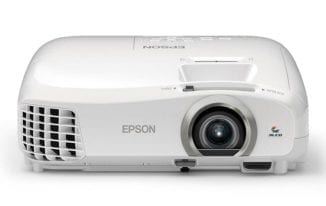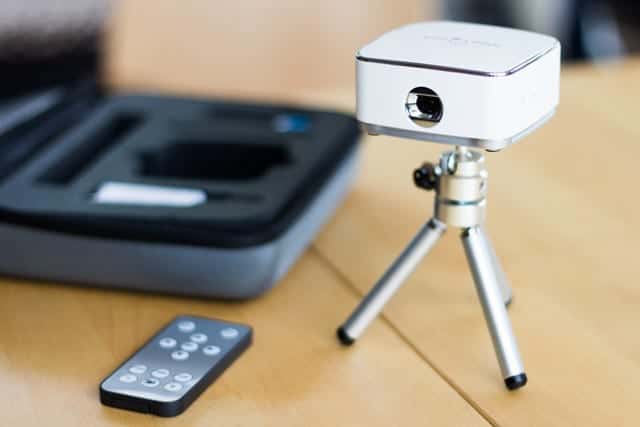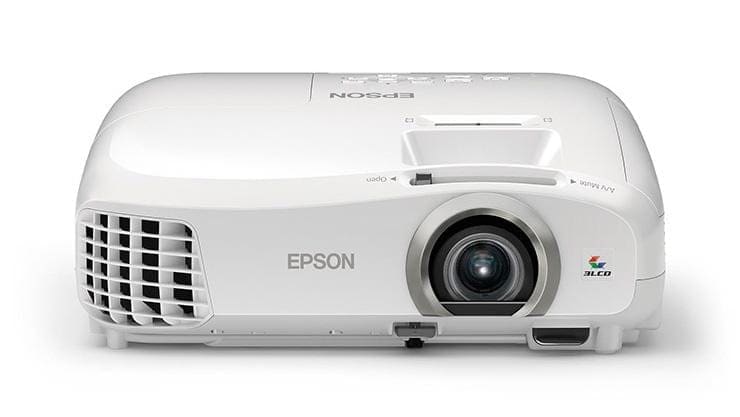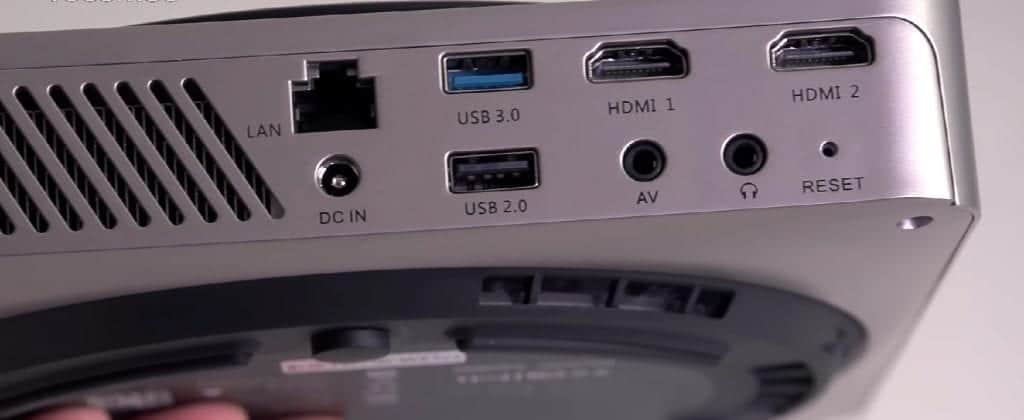
For the many things projectors have the capability of doing, the demand for the gadget is on the increase. However, picking up one, especially as a newbie, isn’t entirely a stroll in the park. All the technical terms and jargon, the different types, sizes, models, features, and more are important factors to put into consideration before purchasing a projector that will effectively serve its purpose.
So, if you are in the market for a projector for presentation slides in your office, classroom, boardrooms, auditorium, or to watch movies in a cinema-like experience in your home, proceed to read guide for important criterion to look out for in a projector before buying one.
Projector Buying Guide 2018 1. PurposeBig question: “What do you intend to display with the projector?” Answer this question correctly and you are halfway through buying yourself the best projector that will efficiently serve its purpose. Is the projector solely for the boardroom in your workplace? Or for your home entertainment center? Do you intend to display text, images, movies, or all?
Depending on purpose of use, there are different types of projectors:
Home theatre projectors: These projectors are specifically made for home entertainment. Hence, they perform well in displaying images and videos. They also mostly come with built-in speakers or audio system and reduced fan noise.
Gaming projectors: As the name reveals, these projectors are created with gamers in mind. Want to immerse yourself deeply in your games? Look out for projectors that are labeled by the manufacturer(s) as “Gaming projector”. These projector models perform fantastically with videos, images, audio and most home theatre projectors qualify as Gaming projectors too.
Business and Presentation projectors: These projectors are usually the least expensive and with the least attractive outer body appearance. These projectors usually lack sophisticated features and entertainment apps like Netflix, Browser, Youtube, Built-in games, File Manager, or even an operating system.
2. Size and PortabilityThe size of a projector is another important factor to put into consideration before making that big money projector investment. Do you intend to move the projector around a lot? Or you want a model that can easily fit into your backpack when going to work? Then you should get a small sized projector. There are small sized projectors that can fit perfectly into your pant pocket; they are called Pico Projectors.
 A Pico projector
A Pico projector
On the other hand, if the projector will solely be used in your home’s living room, your personal room or office and won’t be moved around a lot, then you can opt for big sized projectors. Unlike Pico projectors, big projectors last longer and usually come with built-in cooling fans.
3. BrightnessProjector brightness is generally measured in “Lumens” and it is the light output coming from the projector bulb. While there are two categories of projector (White and Colour) brightness, White brightness is usually measured the most.
The higher the brightness rating (Lumen) of a projector, the better it displays images. But ideally, it all depends on the ambient property of the environment you intend using the projector.
In the home where ambient light is kept to a minimum and can be easily controlled, him theatre projector with a minimum of 1500 lumens will give enough brightness level for proper viewing experience. For offices, auditoriums, classrooms, conference rooms, and well-lit environment generally, a projector with a minimum of 2500 lumens and more is recommended.
4. ResolutionThe higher the resolution of projector, the better, cleaner, and crispier the images will be, and also, the more expensive the projector. However, depending on the intended use of the projector, you do not necessarily need a high-resolution projector.
For general office and business use, SVGA resolution (800 x 600 pixels) projectors are decent enough for projecting charts, graphs, text, images, and videos. They are less expensive.
Projectors with XGA (1024 x 768 pixels), WXGA (1280 x 800 pixels), and WUXGA (1920 x 1200 pixels) resolution are also perfect for use in the workplace.
For gaming or home entertainment, 720p (1280 x720 pixels) and 1080p (1920 x 1080 pixels) are perfect for movie and game projection.
5. Input options“How do you plan to connect to the projector?” Is another question you need to answer before purchasing that projector. However, you should look out for projectors with lots of variable connectivity options like VGA or HDMI ports for connecting to computers, USB ports to project from storage devices or your smartphone, LAN port to connect to the internet, headphone jack, SD card ports and more.
You should also check out for wireless connectivity options like Bluetooth, WiFi, AirPlay (for MacBooks) etc.
Asides the above basic characteristics, you can look out for availability of additional features like accessories (wall/ceiling brackets, tripod stand, remote control); version of operating system; imaging technology (digital light processing (DLP), liquid-crystal display (LCD), liquid crystal on silicon (LCOS), and laser raster); 3D support and compatibility etc.
The post Buy Guide: Purchasing a Projector appeared first on Nigeria Technology Guide.


